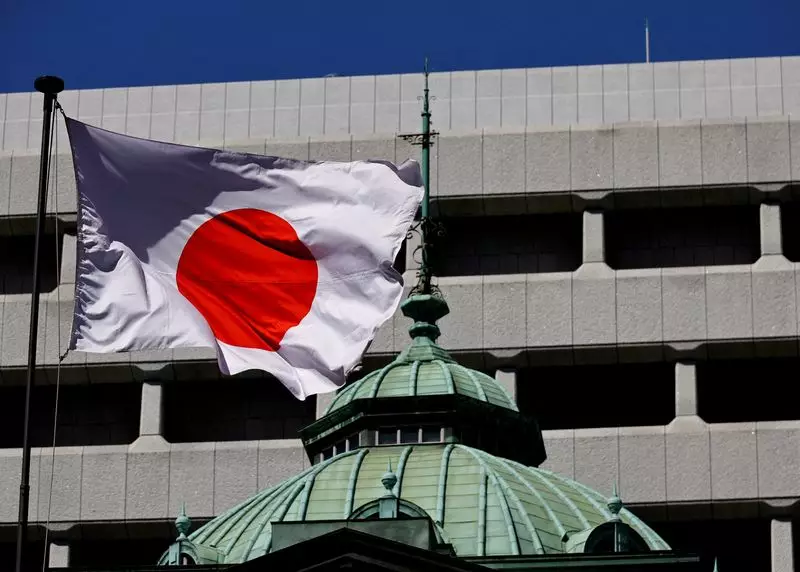The recent dovish shift in the monetary policy of the U.S. Federal Reserve is expected to have significant implications for the Bank of Japan’s efforts to manage a weak yen. This shift, as articulated by Fed Chair Jerome Powell at the annual symposium in Jackson Hole, Wyoming, signals a readiness to cut rates in response to rising risks to the job market. On the other hand, the BOJ, led by Governor Kazuo Ueda, has reiterated its commitment to raising interest rates if inflation continues to track towards its 2% target. This divergence in policy paths could lead to market volatility, making it challenging for the BOJ to implement rate hikes.
The market response to these policy announcements has been notable, with the yen appreciating against the dollar following Ueda’s remarks and continuing to strengthen after Powell’s endorsement of a rate cut. This scenario has led to a narrowing U.S.-Japan interest rate gap, prompting investors to adjust their positions accordingly. The BOJ, which has faced pressure to address the weakening yen due to its impact on consumption, is likely to welcome the currency’s rebound. However, the central bank’s path to raising rates remains uncertain, especially in a global environment where rate cuts are becoming more prevalent.
The BOJ’s decision to hike rates in July and the subsequent market turbulence have underscored the challenges it faces in implementing its monetary policy. Governor Ueda’s cautious approach, characterized by a willingness to wait for market stability before considering further rate hikes, reflects the delicate balance the central bank must strike. The political landscape in Japan also adds another layer of complexity, with the upcoming leadership change potentially affecting the BOJ’s rate hike path. The uncertainty surrounding the new premier’s stance on borrowing costs amidst volatile markets further complicates the central bank’s decision-making process.
Analysts have expressed concerns about the fragility of Japan’s economy, pointing to weak domestic demand and rising living costs as potential risks. While there have been signs of improvement, such as a rebound in consumption in the second quarter, challenges remain. Additionally, the impact of a potential slowdown in the U.S. economy on Japanese exports could further dampen economic growth prospects. The BOJ’s optimistic stance on inflation may be tested in the face of these economic headwinds, raising questions about the feasibility of further rate hikes in the near term.
The Federal Reserve’s dovish shift has introduced a new level of uncertainty for the Bank of Japan’s monetary policy. While the BOJ remains committed to its goal of achieving a 2% inflation target through gradual rate hikes, the evolving global economic landscape and domestic political considerations pose challenges. Navigating these complexities will require a delicate balance between supporting economic growth and addressing inflationary pressures. As the BOJ continues to monitor market developments and political dynamics, the path to normalization remains fraught with risks and uncertainties.

